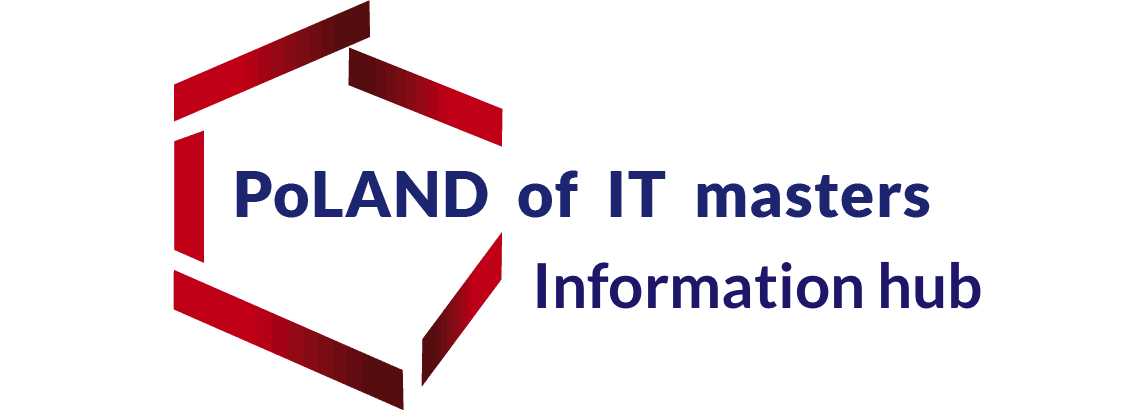In 2022, the chatbot market was worth over $5 billion and is expected to grow at over 23% annually. No wonder SentiOne intends to double its revenue this year. And increase it 5 times over the next 4 years. Currently, it is closing an investment round worth $10 million.
The startup was founded in 2011 to create a social listening tool. After only two months, it received funding of $200,000 for the first version of the product. To date, it has spent $10,5M on software development, employing over 100 people. Thanks to this it can now boast of a chatbot based on proprietary generative AI technology. It can be used to automate part of the work of people employed in customer service.
Its conversational bots are used in Poland by, e.g., Alior Bank and BNP Paribas. In total, the company cooperates with over 400 brands in 30 markets. It includes P&G, McDonald’s, Nike, Unilever, Beiersdorf, Tesco, Starcom, Mindshare, Mediacom and Saatchi & Saatchi. The startup also signed an agreement with the largest telecom in the Middle East, e&Enterprise (formerly Etisalat). It implements its solutions for all its clients in 16 countries of the Arabian Peninsula and North Africa. Since 2021, the company has also been present in the United Arab Emirates. And Sheikh Saeed bin Ahmed Al Maktoum, a member of the local royal family, invited it to set up a joint venture with his investment fund.
European ChatGPT for Business
Although the company is presented as “European ChatGPT for business” in press releases, this can give the misleading impression that it is using AI produced by OpenAI. However, this is not the case,. According to SentiOne, ChatGPT is not suitable for use in business. It is because it may provide false information without capturing the context of the statement. For this reason, the “conversational AI” models offered by SentiOne are trained to talk in specific contexts. In the case of the natural language understanding engine, the company collects and processes 150M statements of Internet users daily. In addition, they are trained with domain data from the call center of a specific industry or conversations with clients in social media.
As a result, bots are more “free in conversation,” similar to ChatGPT, but they achieve 94% efficiency in recognizing the interlocutor’s intentions. It is a benefit for the client, who wastes less time contacting the hotline. And for the business, which can employ fewer telemarketers. It is true that in Poland, call centers currently employ “only” 200,000 people, but in the USA – 2 million!
Read more about SentiOne, a company from Poland that provides best tools for analyzing customer opinions.
Read about Trurl, Polish equivalent of ChatGPT.



